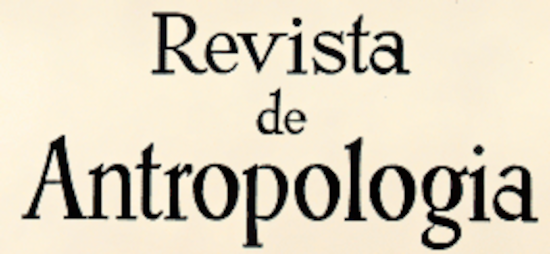Resumo em Português:
As confrarias sufistas, com sede em Zanzibar e Comores, foram, a partir do final do século XIX, a principal porta de entrada para o Islã no norte de Moçambique. Este artigo analisa uma das confrarias mais desconhecidas do país e cujas práticas, aos olhos dos porta-vozes "reconhecidos" do Islã, não respondem, supostamente, aos ensinamentos de Maomé: transe, êxtase, faquirismo, celebração do Maulide (aniversário do profeta), danças, cânticos. Por meio de uma pesquisa de campo realizada em Nampula e na Ilha de Moçambique, e utilizando algumas ferramentas conceituais fornecidas por Victor Turner, Louis Dumont e Mary Douglas, o trabalho versa sobre alguns tópicos recorrentes da teoria do ritual, questionando, nesse sentido, as análises centradas na teoria da "marginalidade". Ao mesmo tempo, a problemática está situada no contexto das conseqüências das políticas assimilacionistas implementadas pela administração colonial, com o objetivo de "aportuguesar" os muçulmanos africanos.
Resumo em Inglês:
The Sufi Brotherhoods - based in Zanzibar and the Comoro Islands - since the end of the XIX century have been the most effective gateway for the entry of Islam into the northern part of Mozambique. This article will analyze one of the country's least-known brotherhoods whose practices, in the eyes of the "recognized" spokesmen for Islam, supposedly do not correspond to the teachings of Mohammed: trance, ecstasy, fakir lifestyle, commemoration of Maulide (birthday of the Prophet), dancing, chanting. By means of field research carried out in Nampula and on the Island of Mozambique, making use of some conceptual tools furnished by Victor Turner, Louis Dumont and Mary Douglas, the work will reflect on some recurring topics of ritual theory, questioning, in this connection, analyses focused on the theory of "marginality". At the same time, the problem is placed in the context of the consequences of the assimilation policies implemented by the colonial administration in order to make the African Moslems more "Portuguese".
